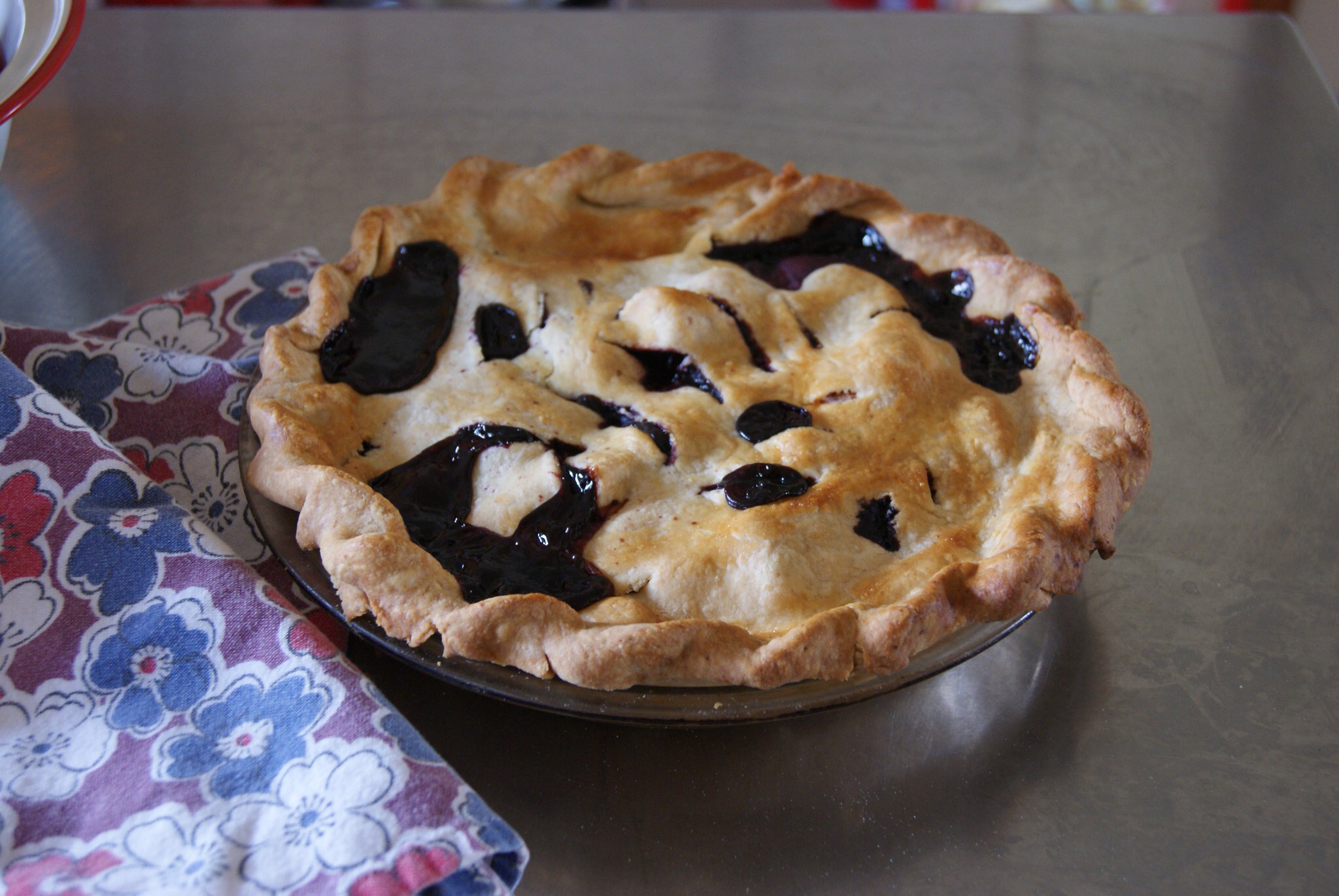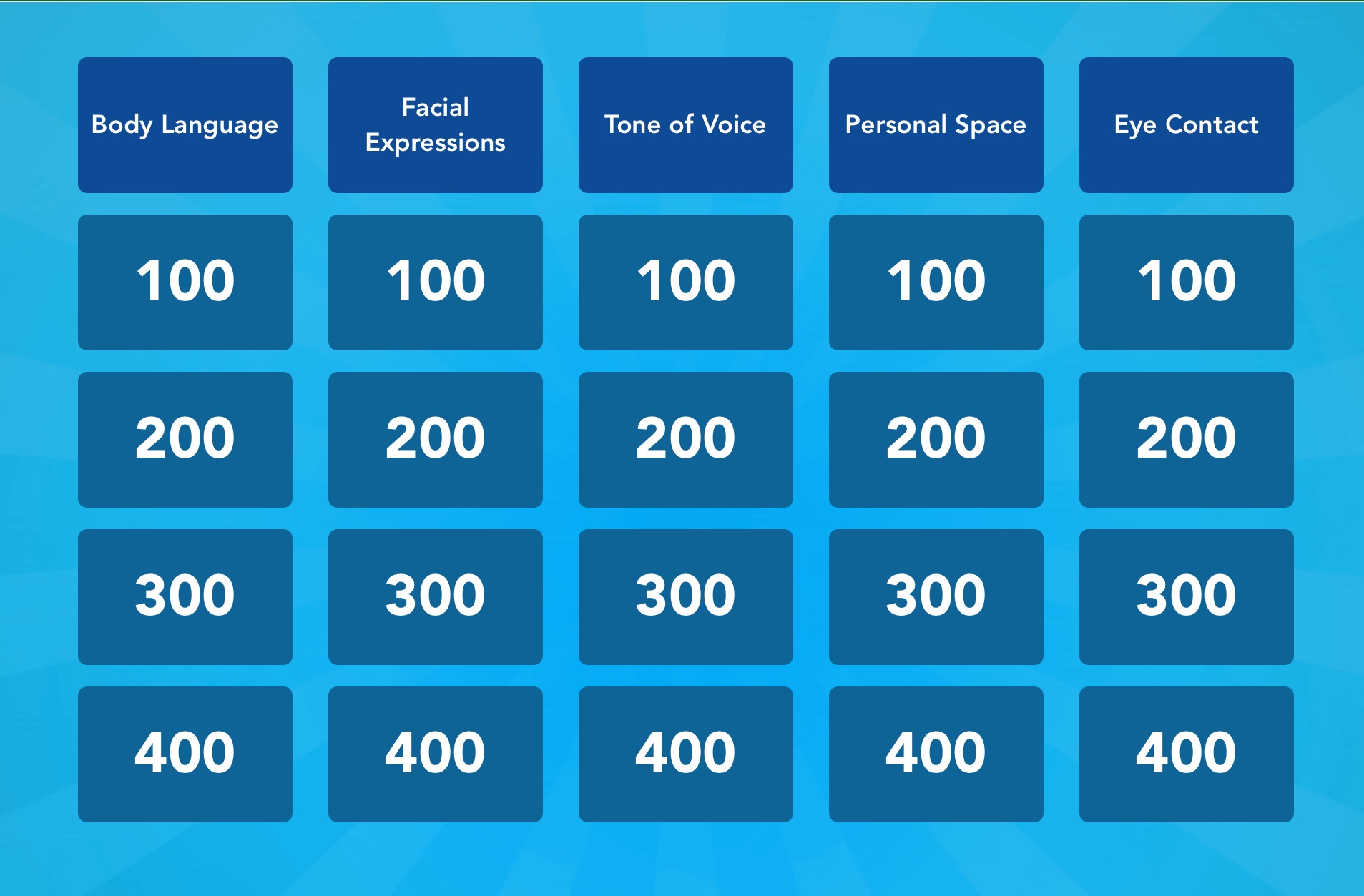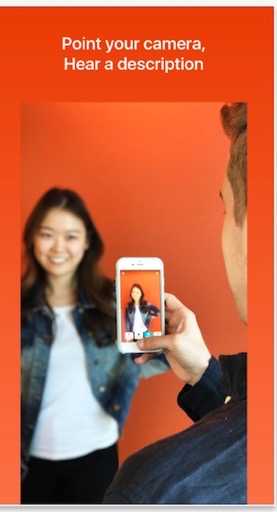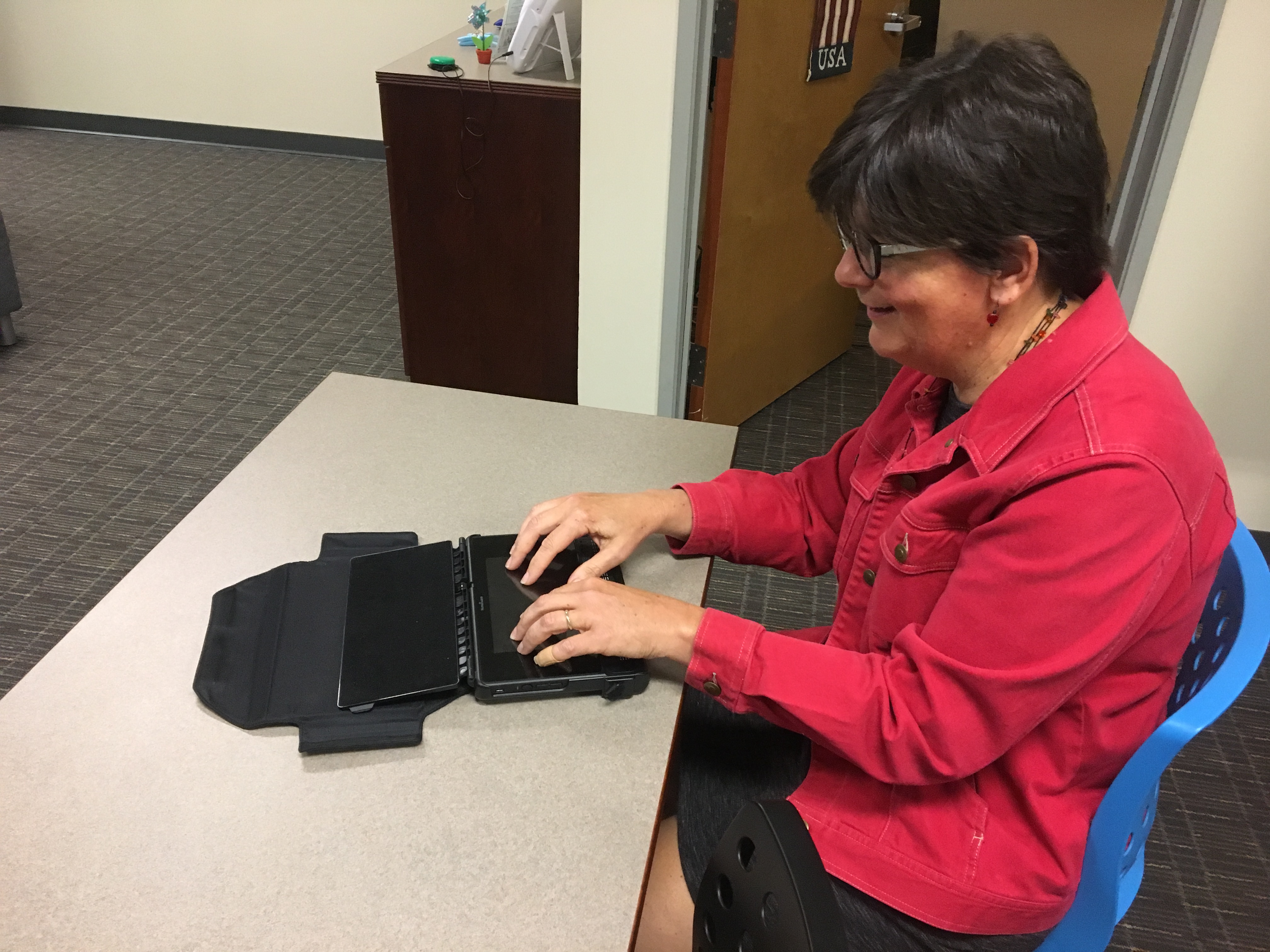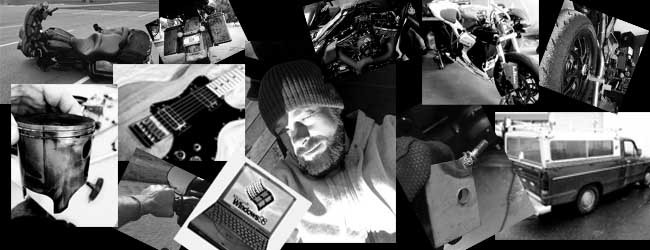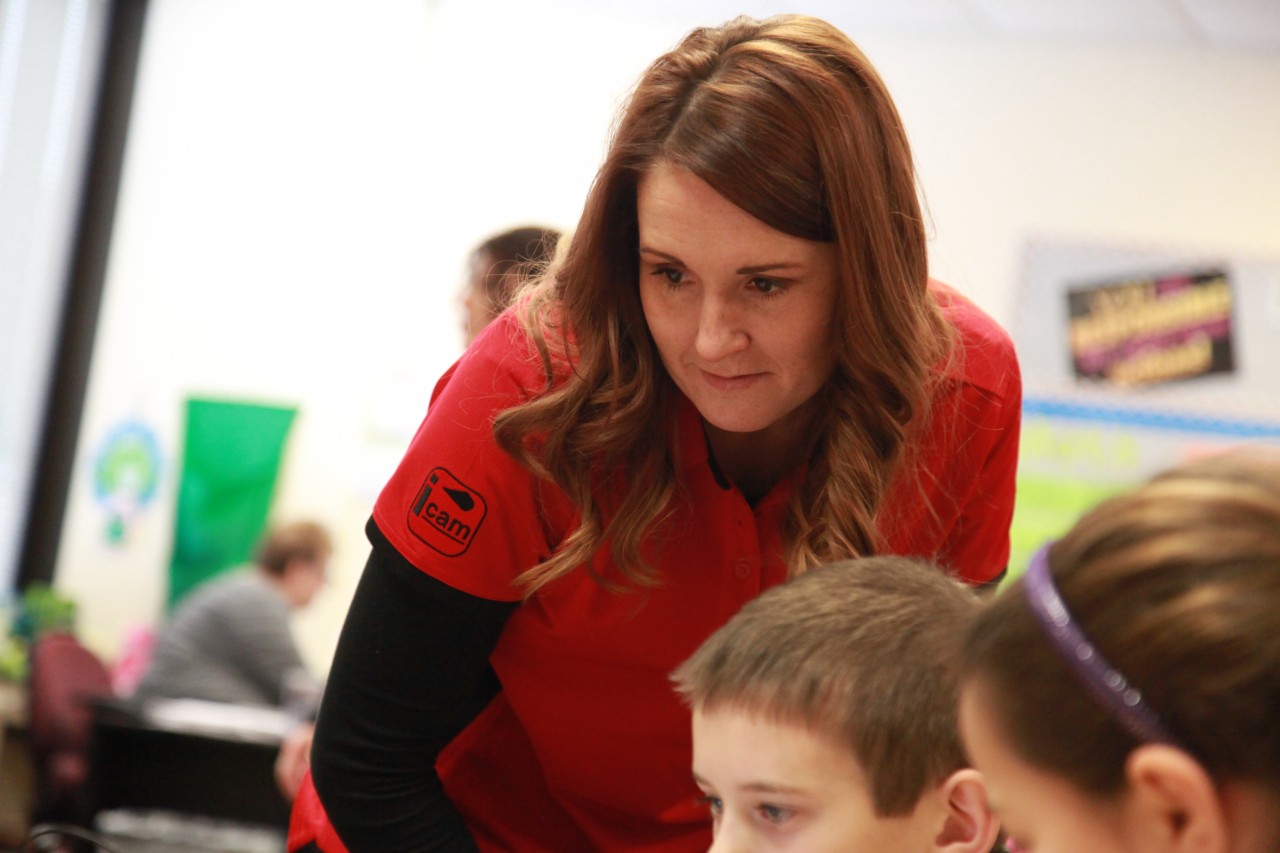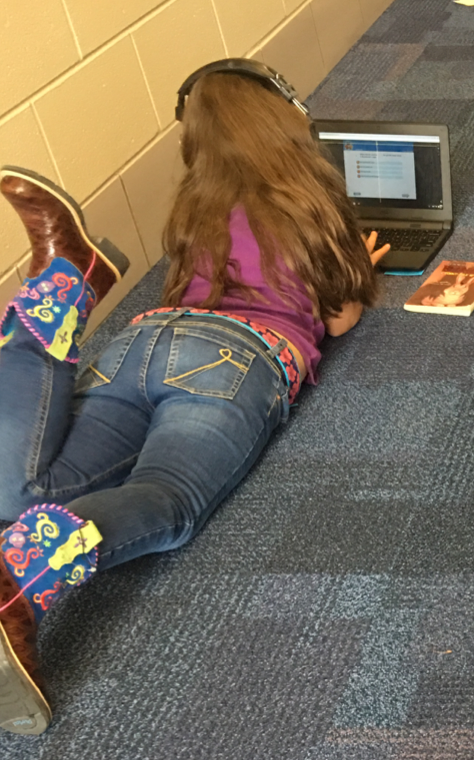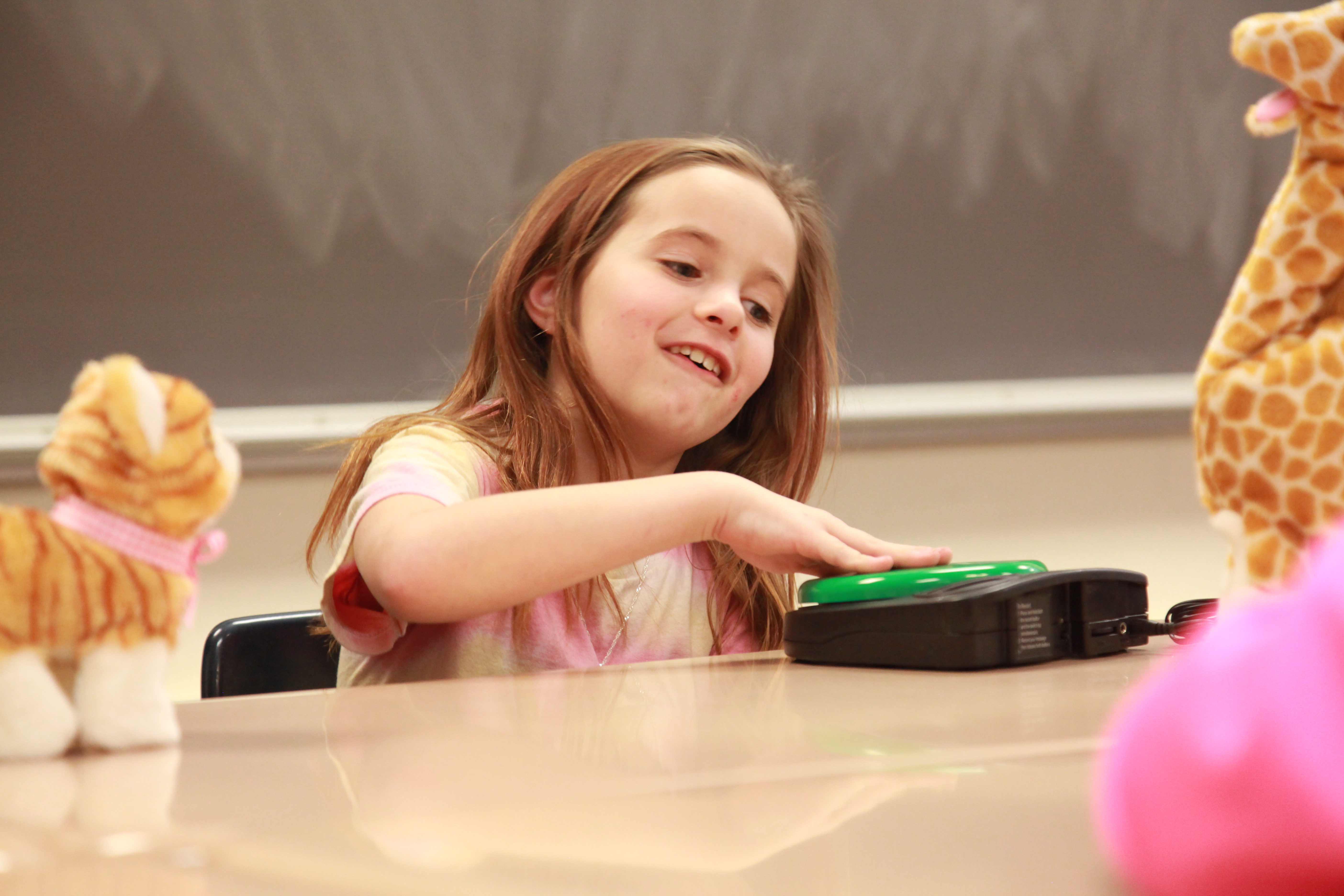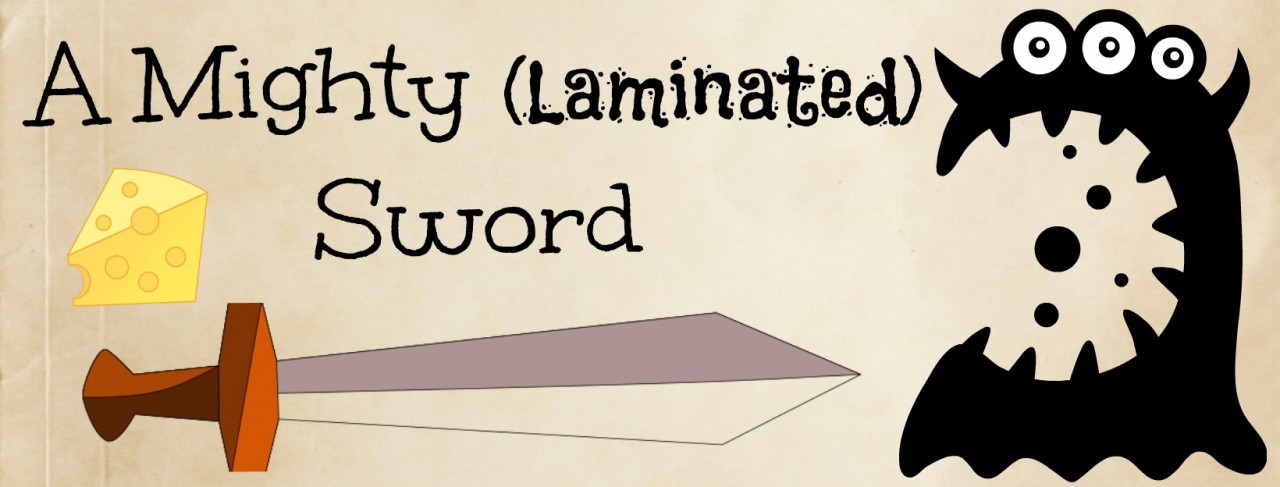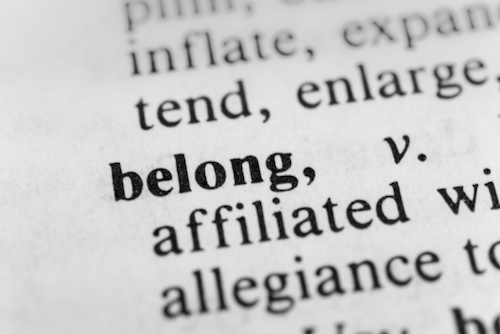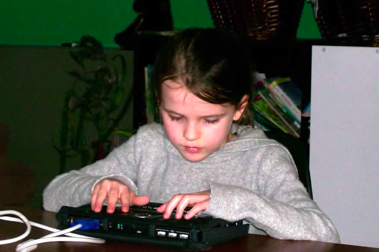Some traditions evolve over the years, reflecting the change in the times, the environment, or the family, while others remain the same from one year to the next. I like to call the latter, anchor traditions. I believe that our desire to observe these traditions not only stems from the definition that they bring to us as a people, but is deeply rooted in the comfort and familiar expectations that accompany each one.
Furthermore, I believe that it’s within this comfort and familiarity that many traditions, good and bad, persist in our schools and classrooms. It’s natural to cling to what we know and what has always been done, but when does our personal comfort begin to impede the learning experience for our students?
I’d argue that more often than not holding onto what we know to be true in a zone of comfort, holds us back from doing the job we truly want to do as educators. That it keeps us in the mindset of teaching the way we were taught, of putting our academic to-do lists before our students more immediate needs, of being resistant to new ideas, of overlooking the value that each student brings to the classroom, of forgetting why we became teachers in the first place.
In fact, as I reflect upon my own teaching and experience, I can admit that I allowed myself to retreat to my personal comfort zone, teaching the way I was taught and projecting onto my students what I wanted for them without asking them what they wanted for themselves.
Had I known then what I know now, there are steps that I would have taken to shift the focus from my traditional, teacher-centered methods solely created to manage my classroom to a student-centered classroom driven by my students’ individual wants and needs.
But how?
I would have started with relationship building. Not the type of relationship building that happens those first few days of school (and includes the obligatory beginning of the year “get-to-know me” poster activity), but real relationship building. The type that takes time, energy, and sometimes a lot of effort and persistence. The type that begins with allowing every student to enter the classroom with a clean slate and without preconceived notions.
I would have asked my students to share how they prefer to learn, what they believed their strengths and weaknesses to be, what their fears were and always given them multiple ways to respond - verbally, in writing, with pictures, etc.
I would have asked my students to tell me what they wanted to learn that year and worked to incorporate their interests into the daily lessons and activities.
I would have asked my students how they were doing and truly listened without judgement.
I would have worked hard to make sure my students knew that I sincerely cared about them regardless of their behavior and even in the worst of times.
Relationship building can be a game changer and is key when it comes to creating a student-centered environment. And though it may be difficult to foster new relationships and leave behind those all too comfortable traditional methods, all it really takes to head in a new direction focused on students is to take the first step. The upcoming new year and semester offers the perfect opportunity to take this step, so will you?

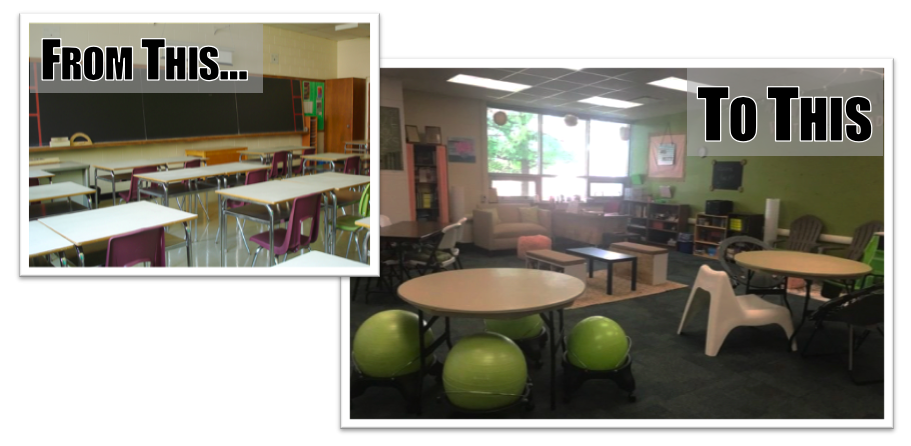
 s changed significantly in the last 25 years. It is now seen as a leader in terms of technology, science and medical advancements and is well on its way to becoming a global technology hub. With a heavy emphasis on education, our universities have developed reputations for developing highly skilled graduates in every area of employment from business, technology and engineering to science, the arts and education. These higher education bodies have developed programmes to accommodate a range of learners from different backgrounds including socio-economic disadvantaged, asylum seekers, mature students and students with disabilities.
s changed significantly in the last 25 years. It is now seen as a leader in terms of technology, science and medical advancements and is well on its way to becoming a global technology hub. With a heavy emphasis on education, our universities have developed reputations for developing highly skilled graduates in every area of employment from business, technology and engineering to science, the arts and education. These higher education bodies have developed programmes to accommodate a range of learners from different backgrounds including socio-economic disadvantaged, asylum seekers, mature students and students with disabilities. 

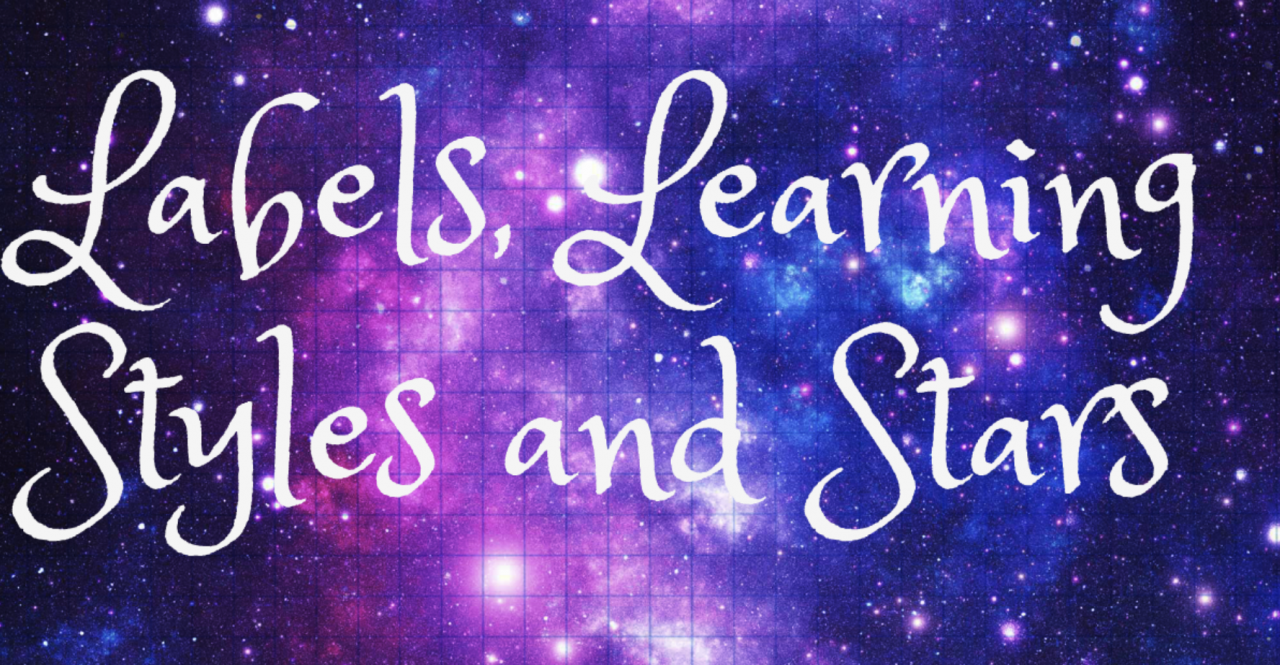
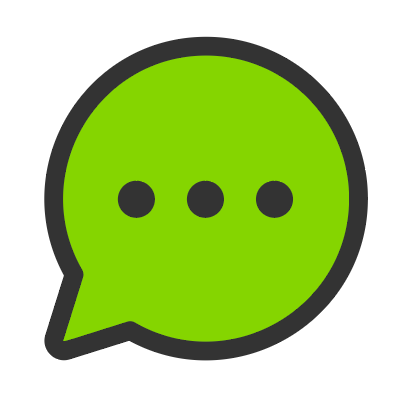 A question we frequently get asked at PATINS is, “How can I provide captioned media and content for my students?” We’ve found unique situations within many of these requests. These range from wanting to add captions to the morning high school announcements to providing captioned media
A question we frequently get asked at PATINS is, “How can I provide captioned media and content for my students?” We’ve found unique situations within many of these requests. These range from wanting to add captions to the morning high school announcements to providing captioned media 